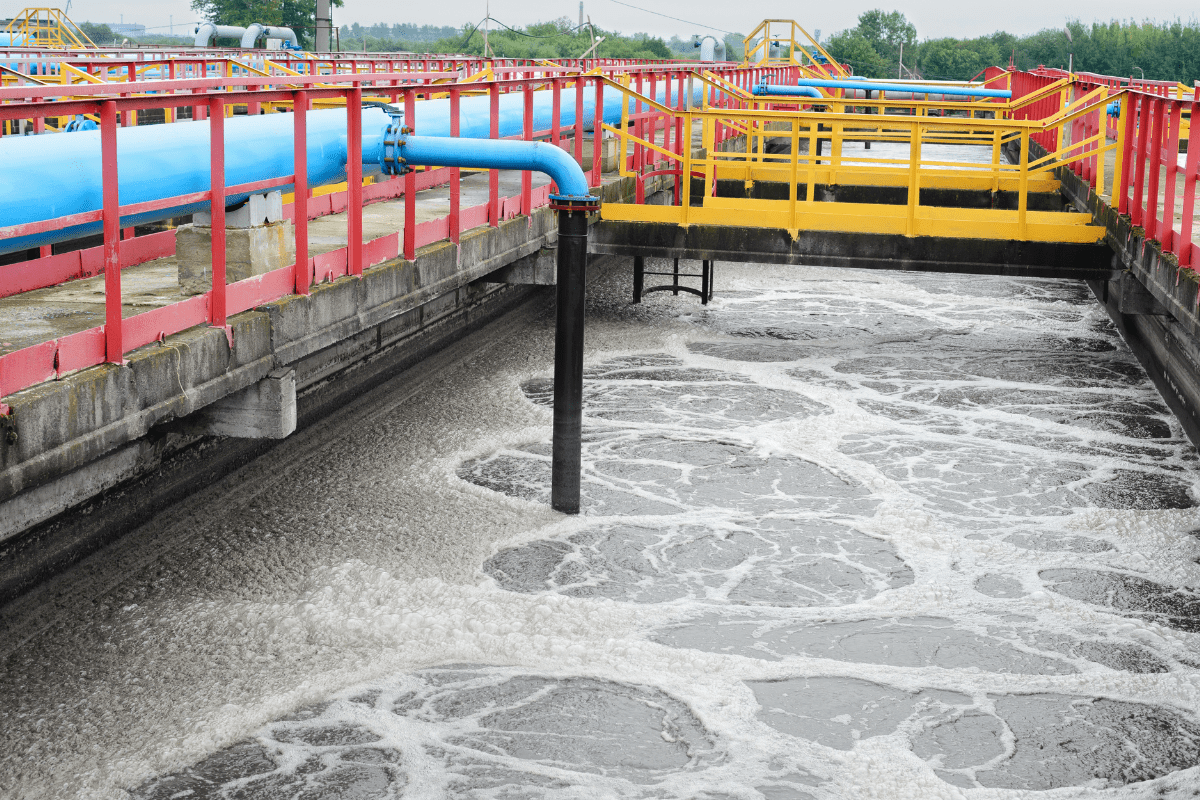
PROJECT DETAILS
- Project No 2011
- Project Name Optimisation of nutrient removal, membrane fouling and excess sludge dewatering in hybrid coagulation/submerged membrane bioreactor (SMBR) treatment of wastewaters
- Lead Organisation Sydney Water
- Research Lead UNSW Sydney
- Main Researcher David Waite
- Completion Year 2014
Project Description
Some wastewater treatment plants (WWTPs) use membrane bioreactors (MBR). These contain a microporous membrane which clarifies treated wastewater by removing microbial organisms. Wastewater must also be treated to remove nitrogen and phosphorus, which can act like uncontrolled fertilisers if they are released to the environment. Iron or aluminium salts added to the wastewater react with phosphorus and make solid particles which can be ‘caught’ and separated in the MBR. The problem is that the amounts of iron salts commonly added to some WWTPs foul the membrane and reduce its performance. This research used a laboratory-scale MBR to discover that lower amounts of specific iron salts effectively reduce phosphorus to levels that are safe to discharge while also reducing fouling and increasing the operating life of the membrane. Another conclusion was that ascorbic acid (vitamin C) cleaned iron-associated foulants from membranes more effectively than the conventional cleaning agent, citric acid.





